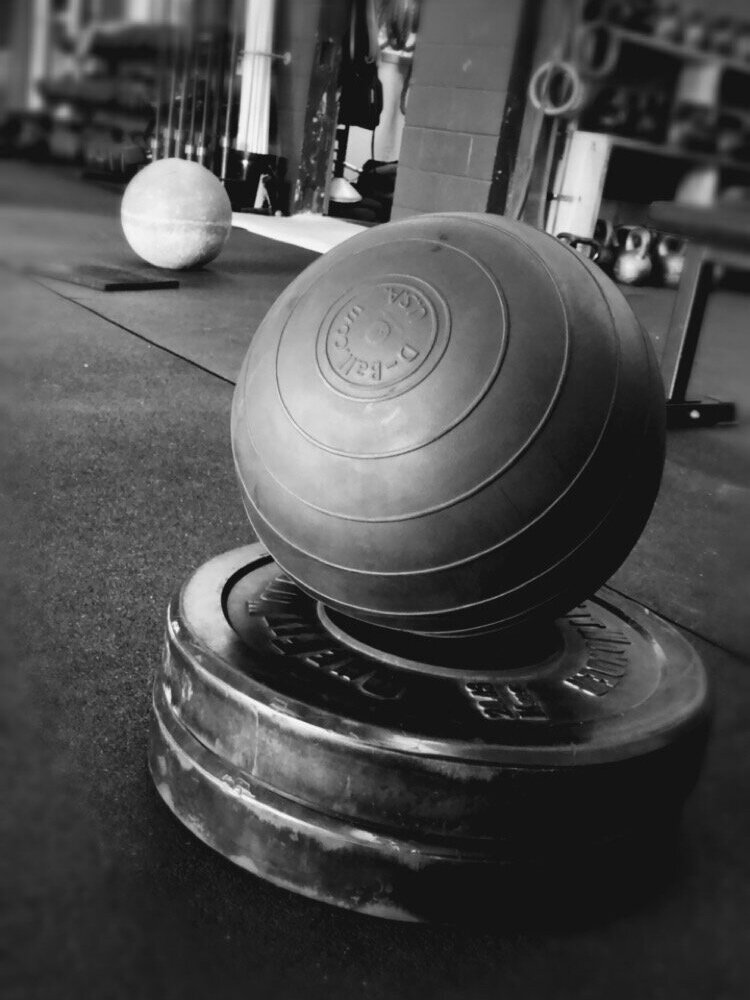Most people are aware of what a push-up is and what it should look like. Upon actual execution of the movement comes the realization that bodyweight movements are harder than expected.
In my ten years of coaching women, I have had a small handful of clients come in and know how to properly do one perfect push-up. If I ventured a guess, I’d say that three of my now 80 clients arrived with a push-up that I had nothing to change about their form. That is an extremely small number for as many women that have come through my doors. Why is this? Why do men walk in and have enough strength to put themselves on the floor and then effortlessly push back up? I believe two things are at fault: natural strength and societies’ view on what happens during athletics in school.
For our whole lady lives we have heard that men have more upper body strength and I am not going to argue with that. However, I do call bullshit on the physical education system for making P.E. a cake walk that leaves females behind. When the D.A.R.E program took funding away from physical education departments, childhood obesity rose 20% and gender-based tests like modified “girl push-ups” came to be. If you want to argue about these facts, look up Laurie Pospisil-Gotcher. She wrote Texas state curriculum and has been touring school districts for the past three years trying to roll a giant concrete ball up a mountain to change this exact issue. More details are on the FUSEMOVE instagram account.
This seemingly small shift in physical education departments during the 80’s and early 90’s has created a monumental shift in women’s health as adults. Now it's 2020 and grown women are walking into my program without the strength to do one proper push-up.
To learn proper form, there are a variety of options to scale. One that I do not allow in my gym is the knee push-up. There is a time and place for knee push-ups like a burnout session. For example, one minute max effort push-ups then one minute max effort knee pushups. You are welcome!
The inappropriate time to use knee push-ups is when you cannot perform an actual push-up. Knee push-ups do not require you to hold your body up using your shoulders, back, arms, legs, and they also don’t utilize trunk strength. When scaling, elevating to a box is the best option. Once this movement can be done properly, move to a lower box. Keep using smaller boxes until push-ups can be done on the floor with a band supporting the hips like the video below. Once the band is no longer needed, you will be able to knock out this movement using the right parts at the right times. Knee push-ups will NOT get you there.
The only “girl push-ups” that exist are when girls are doing push-ups.



